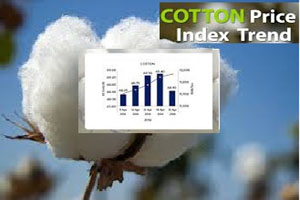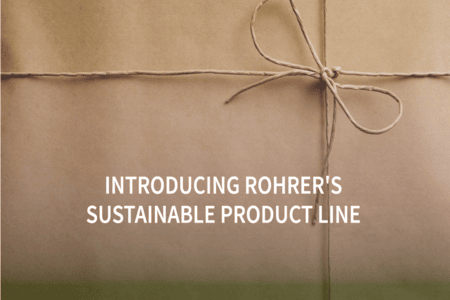
India plans to launch its own cotton price Index
YarnsandFibers News Bureau 2016-07-27 16:00:00 – MumbaiIndia, in its attempts to curb speculations across various markets and trading platforms, and bring about further transparency in the price discovery mechanism is planning to launch a cotton price index of its own for which it will be taking into account benchmark rates from four different sources.
A sub-committee of the state-backed Cotton Advisory Board (CAB) has suggested that the index be made up of prices of cotton on the Multi-Commodity Exchange of India (MCX) and those of the Cotton Association Of India (CAI), the Indian Cotton Federation (ICF) and the Cotlook Index. The prices can be used as a benchmark by all stakeholders, including ginners, traders and even international trading agencies.
While the CAI and the ICF provide data on daily cotton prices across various physical markets in the country, MCX offers futures prices of cotton. The Cotlook Index, which tracks the delivered price of American cotton in China, will be included in the index to factor in the movement of prices in the world’s largest exporter (the US) and the biggest consumer (China). Cotlook is already widely tracked across the globe by various stakeholders in the cotton and textile sector.
The exact composition of the index and the weight attached to prices of different sources would be finalised soon.
Mrugank Paranjape, managing director and chief executive of MCX, said that the cotton index would serve as a barometer for cotton prices movement in India, and it would prove to be a valuable, and ready reference tool, giving the cotton stakeholders a composite index. He added that the MCX cotton contract with almost 100% market share (in futures) has been seamlessly providing an effective risk-management tool to the cotton value chain participants
Sapna Ghanekar, head of commodity and forex risk management at Arvind Ltd, said that with increased volatility in cotton during the recent times, proper risk management has become extremely vital for the textile industry. So they have been actively hedging their cotton price exposure.
Cotton prices have seen a spurt in the current marketing year through September, thanks to dry spells and erratic weather in key producing regions of Maharashtra and Gujarat. Consequently, the country’s cotton production was estimated to have dropped 7.4% to 35.2 million bales in 2015-16 from a year before. Cotton futures on MCX have risen over 37% in the current marketing year.
Industry executives say the country’s exports of cotton were hit due to the rise in domestic prices. While cotton exports are estimated to fall around 10% to 6 million bales in 2015-16, cotton imports have risen.
In fact, the government’s plan to start transferring subsidy directly to cotton farmers without having to procure the fibre through state-run agencies this year has been dashed, ostensibly due to a rise in cotton prices above the state-fixed benchmark prices.
According to source, the basic idea is to develop an index, taking into accounts the price trends across markets — spot, futures, domestic and international.
Market Intelligence
Ask for free sample Report

experience
Customer Base
dedicated team
Countries Served Worldwide









